At the annual LAF Innovation + Leadership Symposium in Washington, DC, seven emergent voices in landscape architecture shared their ideas that will drive the future of the profession. These seven voices were the 2018-2019 cohort of the LAF Fellowship for Innovation and Leadership. Each of the fellowship recipients engaged in a yearlong journey to develop their leadership capacity and work on ideas that have the potential to create positive and profound change in the profession, the environment, and humanity.
LAF established the Fellowship for Innovation and Leadership in 2016 to “foster transformational leadership capacity and support innovations to advance the field of landscape architecture”. This $25,000 fellowship is an opportunity for professionals to dedicate 12 weeks of time over the course of one year to a proposed project that has the potential to bring positive change and expand the discipline’s impact. The funds provide working professionals at any stage of their career with the ability to think deeply, reflect, research, explore, create, test, and develop their ideas into action. In addition to the funds, the LAF Fellows receive project support through facilitated discussions, critiques, mentorship, and explorations of transformational leadership that occur during three 3-day residencies in Washington, DC.
As the culmination of the yearlong fellowship, the seven 2018-2019 fellowship recipients presented their work to a sold-out audience at Arena Stage in Washington, DC. This powerful event showcases leading-edge thinking and achievements in landscape architecture and emphasizes how the profession is uniquely poised to address a breadth of pressing issues. The recipients’ projects tackled the public housing crisis, community engagement through youth empowerment, immersive technologies, landscape interpretation and belonging, legislative frameworks for resilient urban waterfronts, remediating coal ash ponds, and climate-positive design.
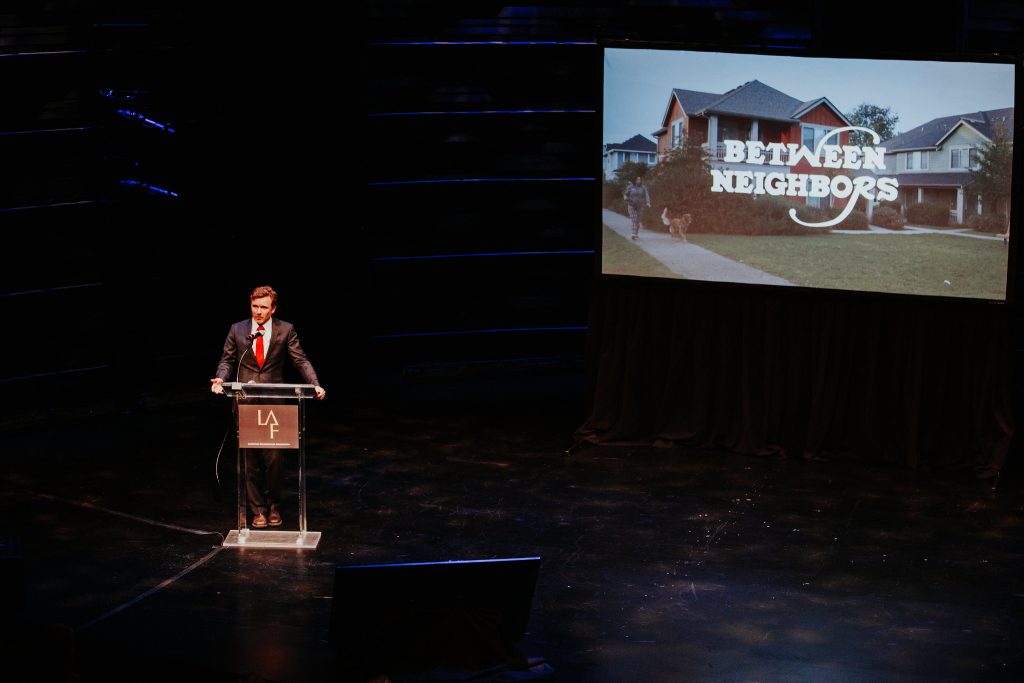
Photo: Emma Weiss / Landscape Architecture Foundation
Titled “Between Neighbors”, Karl Krause’s research analyzed current conditions of public housing in the U.S., and the progress yet to be made to ensure these communities meet the needs of their residents. While we rebuild the deteriorating 50s-era public housing, we have the opportunity to solve long-standing problems of social isolation and create a new vision for public housing. However, we must first understand what effect this transformation will have on residents. By visiting 10 communities across the U.S and interviewing residents whose communities have gone through a recent transformation, Karl’s work examines the reduced feeling of camaraderie often found in these redeveloped communities and the valuable role landscape plays in providing common ground for new neighbors.
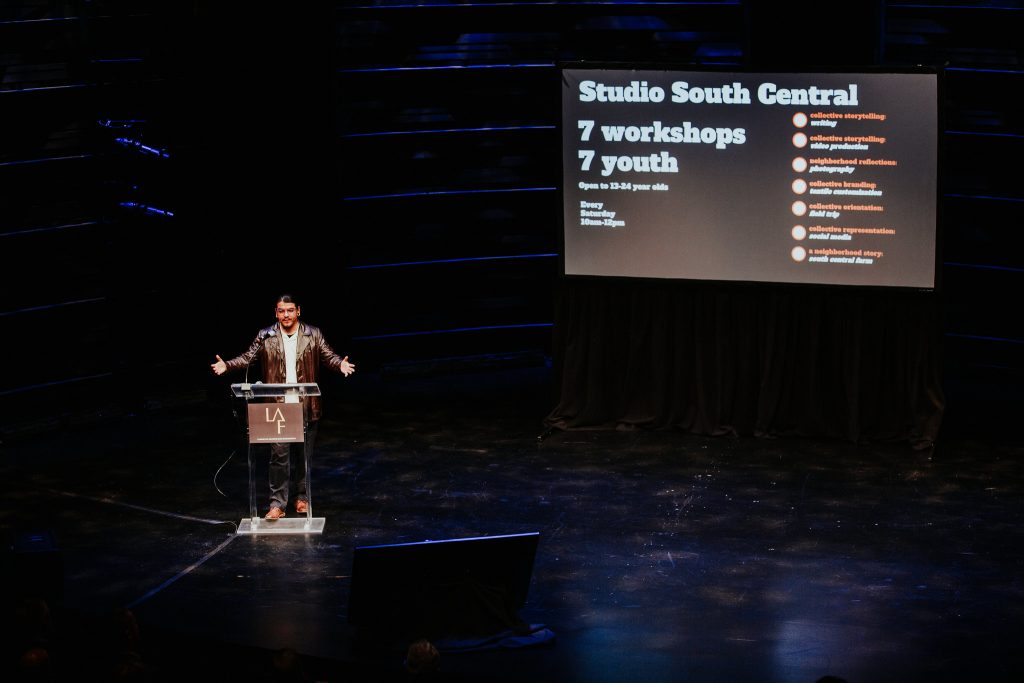
Photo: Emma Weiss / Landscape Architecture Foundation
Daví de la Cruz developed a neighborhood design center for youth in “Community-based Storytelling: Los Angeles’ Neighborhood Design” to engage in the transformative power of storytelling. Daví developed 7 workshops to active youth leadership in his hometown of Pueblo del Río, a housing project in South Central, LA. Using tools such as creative writing, video production, and photography, the youth participants were invited to share their personal stories and experiences of their neighborhood, preparing them to be effective and engaged community leaders. The worships facilitated peer-to-peer mentorship and connected youth to tools and design strategies that can be utilized to communicate their ideas to shape their community.
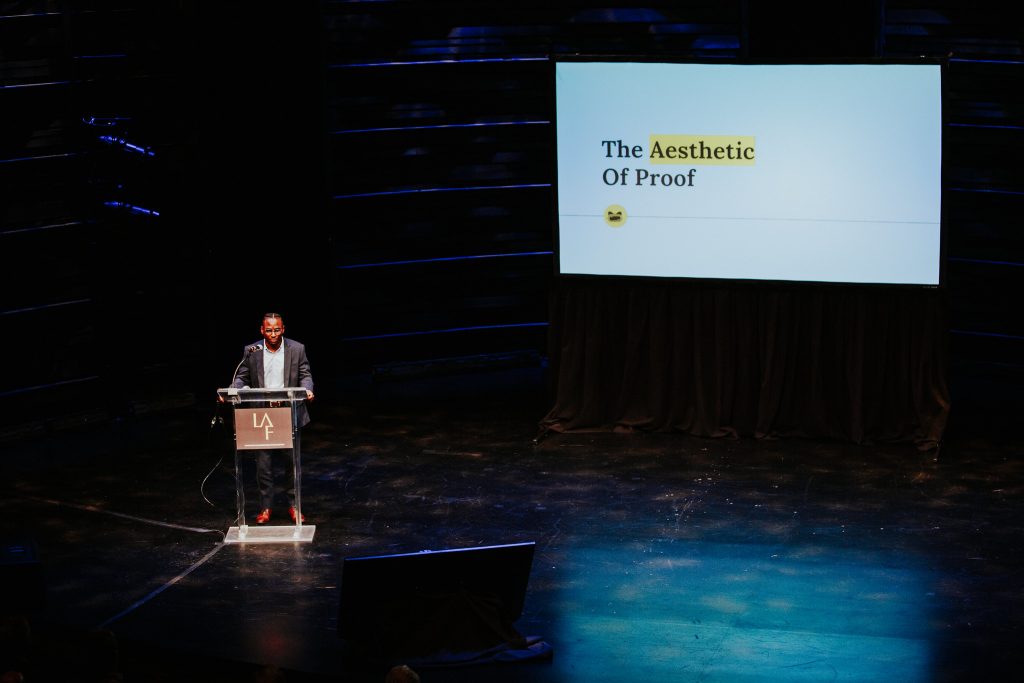
Photo: Emma Weiss / Landscape Architecture Foundation
In his research, “Immersive Technology and Landscape Architecture”, Andrew Sargeant emphasized how immersive technologies can be better utilized to give landscape architects a competitive edge in project communication. Andrew noted that much of what makes a landscape unique– the feelings, smells, and sounds of the natural environment – are not being communicated in our renderings. During his fellowship, Andrew endeavored to discover the latest tools of visualization, specifically augmented and virtual reality, and understand the potential this technology has to transform the profession. Immersive technologies provide a more realistic experience, allowing users to more fully interact with a design. Andrew is working to make these tools available for all to use in the design of and advocacy for public space.

Photo: Emma Weiss / Landscape Architecture Foundation
Maisie Hughes produced a web documentary film series in “Belonging: Identity and Landscape Narrative” that seeks to uncover feelings of belonging or exclusion in the landscape. Through in-depth research and interviews, this project documented DC residents from diverse backgrounds and what affected their feeling of belonging in high-profile DC landscapes. Her project demonstrates how a variety of people interpret the same landscapes and provides new insights into the design and programming of public space. Her work is helping to uncover how we can create public spaces that make everyone feel like they belong.
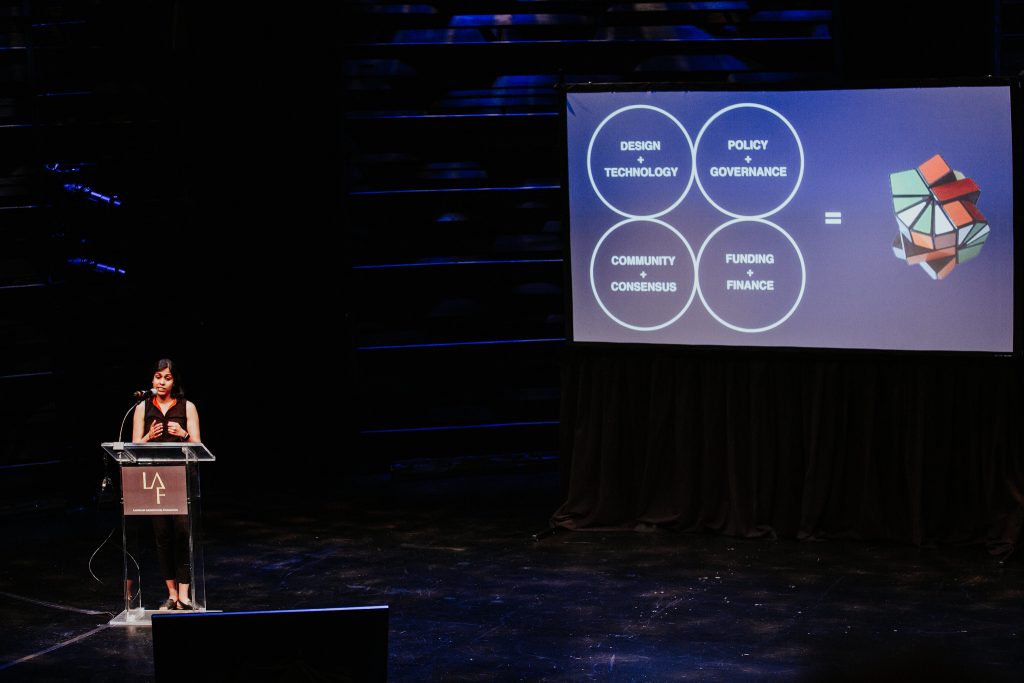
Photo: Emma Weiss / Landscape Architecture Foundation
In “Volume for Water: Rethinking Regulatory Frameworks for Urban Coastal Resilience”, Sanjukta Sen studied how effective, or ineffective, regulatory frameworks have been in implementing resiliency strategies for urban waterfront development. As coastal cities grapple with sea level rise and more frequent occurrences of flooding, it is necessary to codify standards for open space in waterfront developments. Sanjukta’s research indicates that despite the creative solutions and proposals that design professionals have developed, the existing regulatory framework does not enable these solutions to have the transformative effect they tout. She urges professionals to partner with City agencies to ensure the mechanisms are in place for public open spaces to effectively serve as both amenity and infrastructure.
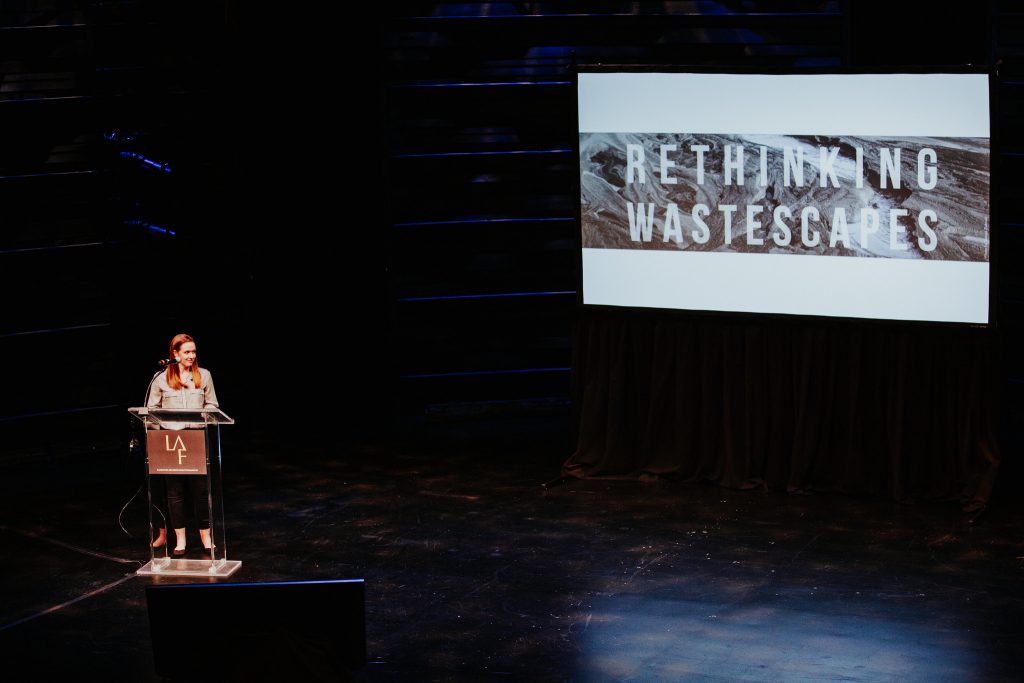
Photo: Emma Weiss / Landscape Architecture Foundation
Lauren Delbridge explored the future of coal ash ponds in her research, “Rethinking Wastescapes”. Coal ash, a byproduct of burning coal, has historically been stored in unlined pits and allowed to seep pollutants into the surrounding environment. Lauren advocates that, as coal ash ponds are forced to close nationally, these wastescapes should be transformed, re-envisioned, and given back to the communities they have damaged for decades. During her fellowship, Lauren collected precedent case studies and documented site visits to several successfully remediated wastescapes in the U.S. and abroad in order to understand existing remediation strategies and chart a path forward for the future of coal ash pond sites.
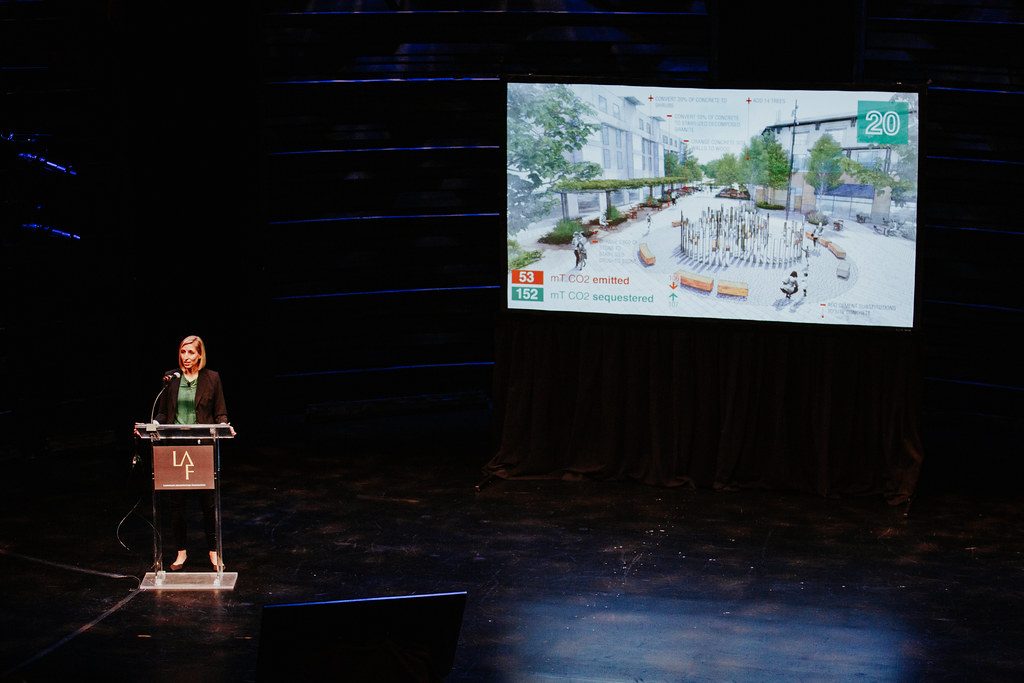
Photo: Emma Weiss / Landscape Architecture Foundation
Pamela Conrad’s research, “Climate Positive Design: Going Beyond Neutral”, rethinks our climate impact as landscape architects. Her work, specifically focused on air pollution, looks at how landscape architects can offset their project’s carbon footprint and create climate positive designs. During her fellowship, Pamela created a carbon calculator, a new tool that helps us understand the carbon footprint of a project and measures how much carbon a project can sequester over time. With a carbon calculator specifically designed for landscape architecture, we can actively set goals for ourselves as a profession to combat climate change.
Encouraging collaboration and knowledge sharing, the LAF Fellowship for Innovation and Leadership pushes us to test new ideas and expand our leadership capacity. The topics that these seven fellows have researched show the great variety of challenges the profession is facing and the potential we have to bring about impactful change. These ideas begin to illuminate a path forward for the profession of landscape architecture.
Watch the videos here! More information on each of the 2018/2019 LAF Fellows and their projects can be found on LAF’s website, as well as introductions to meet this year’s six new 2019/2020 Fellows.
—
Lead Image: Emma Weiss / Landscape Architecture Foundation




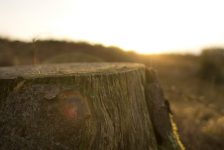
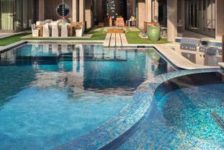
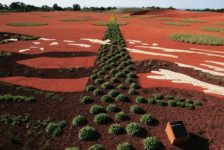
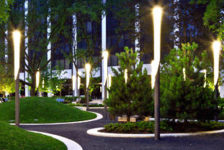
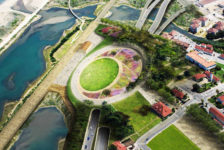
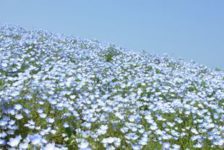

Caleb Melchior
What a great article, Stephanie! Thanks for bringing attention to these awesome designers and their work. It looks like the presentations are available online at Vimeo and on LAF’s website: https://www.lafoundation.org/news/2019/07/fellowship-videos
Land8: Landscape Architects Network
Good call! We will add this link to the bottom of the article.
J. Robert (Bob) Wainner
I’m on the verge of retiring from the Landscape Architecture profession…..after almost 42 yrs. of practicing. Although, I totally enjoyed my design career, IMO, our profession’s future doesn’t look very bright.
The U.S. Bureau of Statistics shows that over the next 10 years, there will be ONLY a 6% job increase OR approximately 16,000 jobs. Which amounts to about 1,600 new LA jobs per year over the next 10 years. There are approx. 75 U.S. Universities with LA graduating classes of 40 to 60 graduates every year. Even with LAs retiring or leaving and pursuing another career path, WHERE are all of the LA graduates going to work? Doesn’t sound like a very promising future for Landscape Architecture to me.
Also, I’m really tired of seeing the Landscape Architecture Profession being so LEFT (Liberal). So many “pie in the sky” ideals that make little sense. If the leaders of the LA profession wish to help the profession, they need to work with ASLA and be much more proactive in “marketing” the profession to the public. I believe it’s a “fact” that a vast majority of Americans do not know what we do….”what is a Landscape Architect?”. How can ANY profession be effective in our society when so few people even understand what it is?
I was very obvious to me, that ASLA.org and the LA profession in general fully supported President Obama’s liberal agenda, but, this same group seems to have a problem with President Trump’s policies and agenda. I personally believe Trump is taking a “measured approach” to improving America’s air and water pollution…environmental problems. It can’t sensibly resolved over night. And, the fact is, that the U.S. is only responsible for approx. 13% of the Planet’s pollution problems. Who is going to “force” other Nations (like China, India, South Korea, Iran, Russia, etc.) to clean up their air and water pollution…..answer: nobody. The Paris Agreement is not reasonable or sustainable…and had the U.S. joined it, the U.S. would have been paying Trillions of dollars to clean up the air and water in many of those other Countries. Trump did the right thing, pulling the U.S. out of the Paris agreement. I’ve been waiting to see if ASLA.org will join in supporting the Liberal’s “New Green Deal” concept.
I have no regrets about choosing LA as a career, but, I am disappointed in its’ direction & leadership and feel for all those thousands of LA graduates in the coming years.
J. Robert (Bob) Wainner